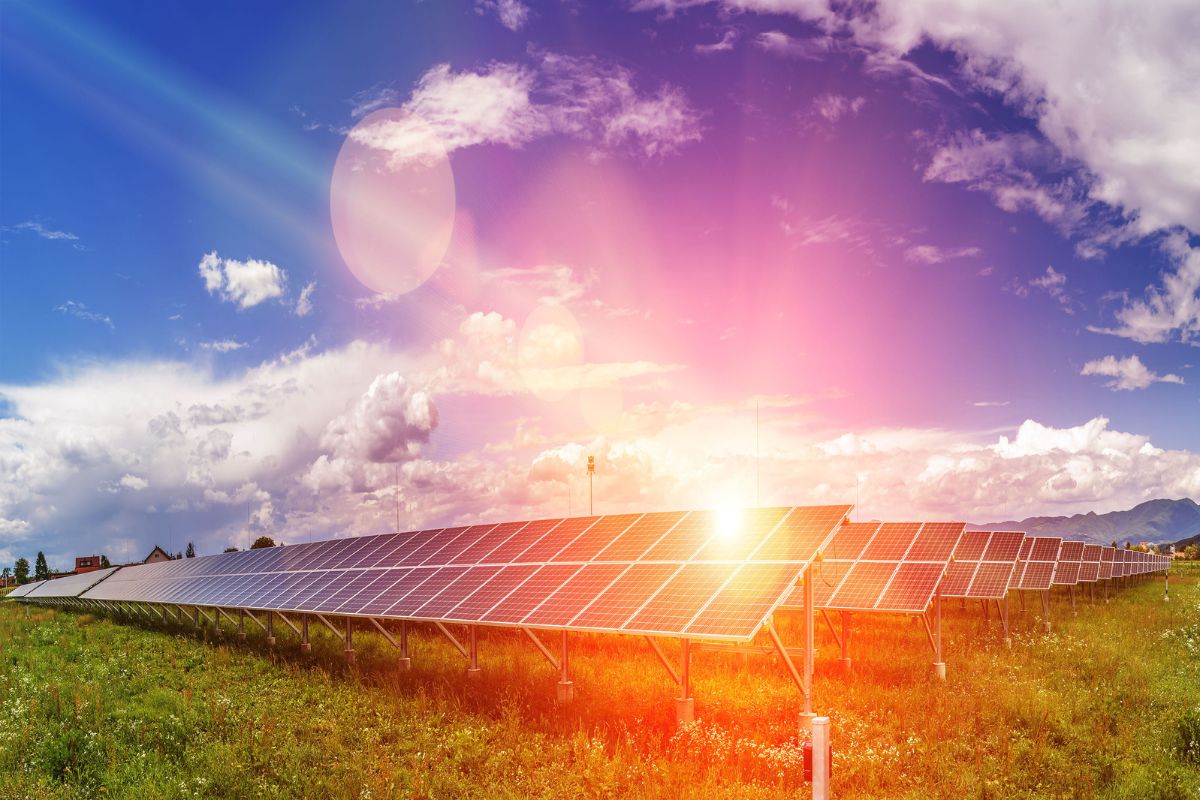Coal-fired energy generation is on its way out. The Energy Information Administration estimates nearly one-third of coal-fired power plants currently operating in the U.S. will be retired by the year 2035. There are many reasons for the change including more efficient technologies that reduce our reliance on coal.
Coal is a type of fossil fuel used to generate electricity. Burning coal for energy began during the Industrial Revolution because they were found in abundance and provided reliable, efficient power. But where does coal come from and will we ever run out?
Fossil fuels are literally fossils, decomposed plant and animal remains that build up hundreds of feet underground. These organisms contained carbon when they died, and still do when people mine them millions of years later. Using energy generated from fossil fuels like coal means powering your home, car or devices with prehistoric relics. There's a reason we often encounter fossils in museums: They’re precious.
Coal is a nonrenewable energy source, meaning we will eventually run out. Estimates vary as to how long it will take, but we may only have 50 years-worth of coal left. When burned, coal releases carbon emissions which get into the atmosphere and affect our environment. Coal energy generation is also more costly than renewable sources due to expensive equipment maintenance and upgrades. These are the primary reasons renewables are the fastest growing sources for electricity generation in the U.S.
Renewable energy sources return even after we harness them to make power. The sun shines. The wind blows. That’s nature’s workflow. Renewables also dramatically reduce the amount of greenhouse gases emitted during energy generation compared to nonrenewable sources. Currently about 24% of U.S. electricity generation comes from renewables, including wind, solar, hydropower, geothermal and biomass.
Moving from a coal-powered world to a clean energy future means the energy grid is becoming more diverse, reliable and sustainable. Learn how we’re powering the future of renewable energy in the Clean Energy Blueprint.

The countdown to coal retirement

Grant Barton
Communications Partner
Published on December 13, 2023
Grant Barton is a Communications Partner with a passion for sustainability and eco-friendly city planning. He has a diverse background in engineering, politics and international communications and hopes to apply this experience when writing and breaking down complex topics related to Alliant Energy's Clean Energy Future plans.
Recent Stories
Changing seasons: Tune your building for Spring
To optimize savings and comfort, you must regularly recalibrate sensors and controls to match changing weather and operating conditions.
Read More
Giving birds a safe place to land at solar sites
Partnership with the Central Wisconsin Kestrel Research Project in our solar fields promotes diversity in the environment.
Read More
Recognizing community need sparks volunteerism
Tyler Freye credits our company values with deepening his understanding of the problems many in our communities face.
Read More
